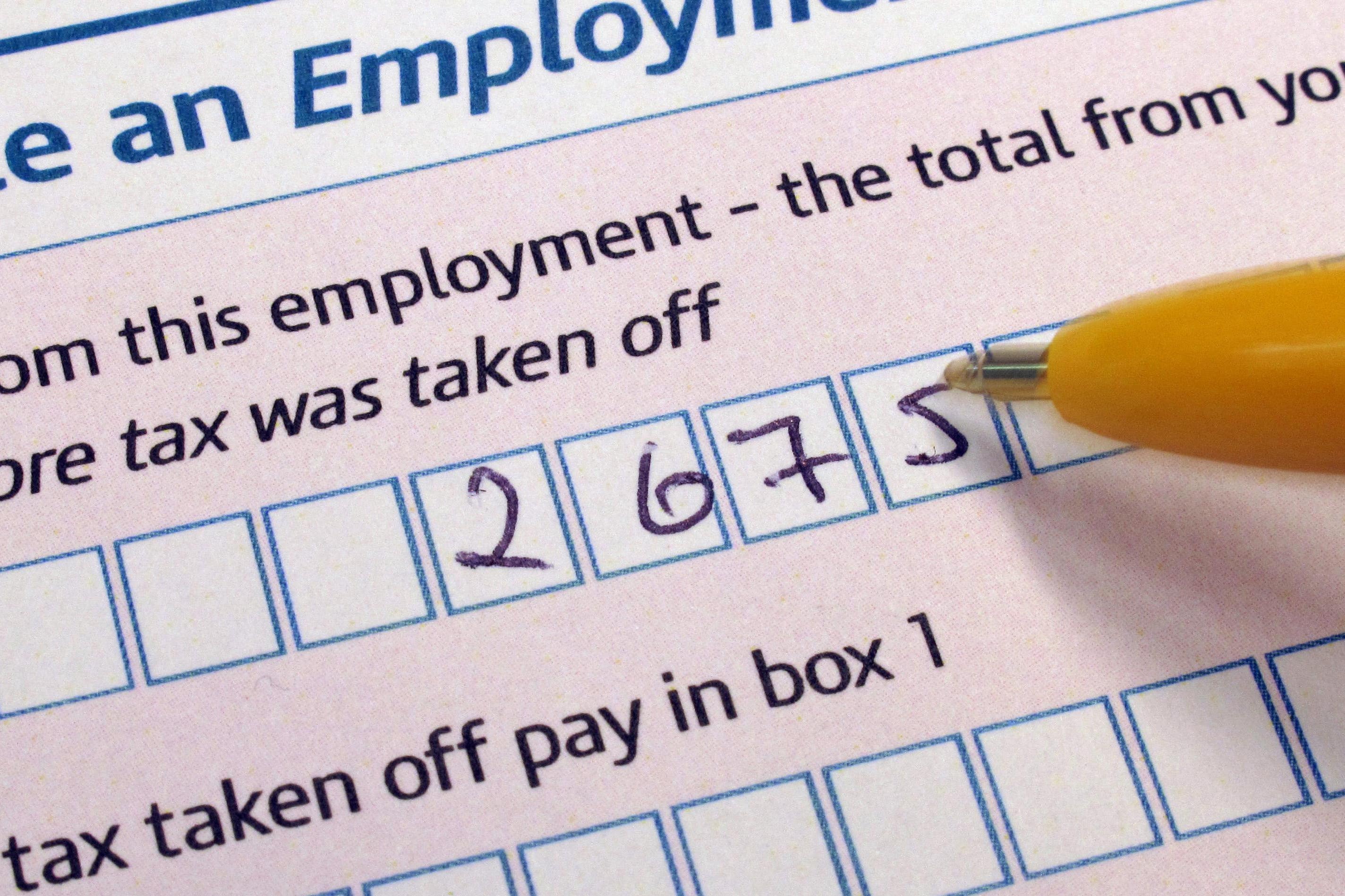One in five taxpayers will be paying higher rate of income tax by 2027, says IFS
By 2027–28, the number of people paying income tax at 40% or above will reach 7.8 million, according to a new Institute for Fiscal Studies report.

Your support helps us to tell the story
From reproductive rights to climate change to Big Tech, The Independent is on the ground when the story is developing. Whether it's investigating the financials of Elon Musk's pro-Trump PAC or producing our latest documentary, 'The A Word', which shines a light on the American women fighting for reproductive rights, we know how important it is to parse out the facts from the messaging.
At such a critical moment in US history, we need reporters on the ground. Your donation allows us to keep sending journalists to speak to both sides of the story.
The Independent is trusted by Americans across the entire political spectrum. And unlike many other quality news outlets, we choose not to lock Americans out of our reporting and analysis with paywalls. We believe quality journalism should be available to everyone, paid for by those who can afford it.
Your support makes all the difference.One in five taxpayers will be paying higher-rate income tax by 2027, as frozen thresholds bite households, according to the Institute for Fiscal Studies (IFS).
Over recent decades, higher rates of income tax have gone from being reserved only for the richest to something that a far more substantial proportion of the population, including some teachers, nurses and electricians, can expect to encounter, it said.
By 2027-28, 7.8 million people are projected to be paying income tax at 40% or above.
This equates to around a fifth (20%) of taxpayers and one in seven (14%) of the adult population – representing a “seismic shift” and around a quadrupling of the share of adults paying higher rates since the early 1990s – the IFS said.
In 1991-92, 3.5% of UK adults (1.6 million) paid the 40% higher rate of income tax. By 2022–23, 11% (6.1 million) were paying higher rates, the report added.
By 2027–28, more than one in eight nurses, one in six machinists and fitters, one in five electricians and one in four teachers are set to be higher-rate taxpayers
The six-year freeze to income tax allowances and thresholds which started in April last year could become the single biggest tax-raising measure since former chancellor Geoffrey Howe hiked VAT in 1979, according to the institute.
The freeze will also compound challenges facing the many workers whose earnings are not keeping up with inflation, the IFS said.
The report predicted: “By 2027–28, more than one in eight nurses, one in six machinists and fitters, one in five electricians and one in four teachers are set to be higher-rate taxpayers.
“Among police officers, architects and surveyors, and legal professionals, we also see significant increases in the share paying higher-rate tax over time, with almost half of the latter two groups expected to be paying higher-rate tax in 2027-28.”
The standard personal allowance is £12,570, which is the amount of income someone does not have to pay tax on.
For income tax, the story of the last 30 years has been one of higher-rate tax going from being something reserved for only the very richest, to something that a much larger proportion of adults can expect to encounter
For the 40% rate to impact the same fraction of people as it did in 1991, the higher rate threshold would need to be nearly £100,000 in 2027–28 – nearly double the level set by the UK Government at £50,271, the report added.
People living in Scotland have different income tax bands.
The IFS said it had taken the bands in Scotland into account in its calculations, to include both those paying the Scottish higher tax rate (at 42%) and the Scottish top rate (at 47%) as well as those paying the higher rate (40%) or additional rate (45%) elsewhere in the UK.
Isaac Delestre, a research economist at the IFS, said: “For income tax, the story of the last 30 years has been one of higher-rate tax going from being something reserved for only the very richest, to something that a much larger proportion of adults can expect to encounter.”
He said the freeze to thresholds “is supercharging that process”, adding: “Whether or not the scope of these higher rates should be expanded is a political choice as much as an economic one, but achieving it with a freeze leaves the income tax system hostage to the vagaries of inflation – the higher inflation turns out to be, the bigger impact the freeze will have.”
A Treasury spokesperson said: “After borrowing hundreds of billions to support the economy during the pandemic and Putin’s energy shock, we had to take some difficult decisions to repair the public finances and get debt falling. It is vital we stick to this plan to halve inflation this year and get our economy growing again.
“To support working families, we have doubled the tax-free personal allowance, taking three million of the lowest earners out of paying income tax altogether.”